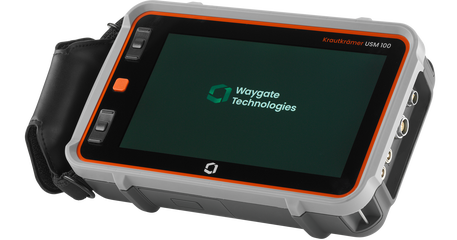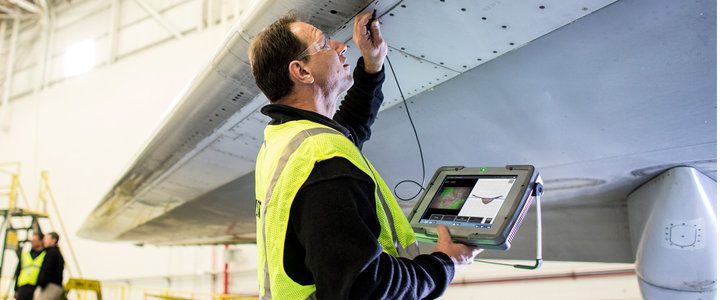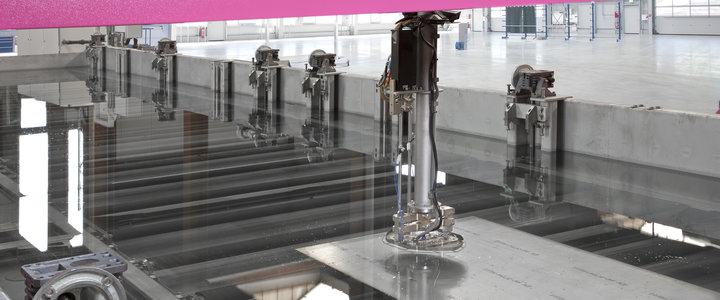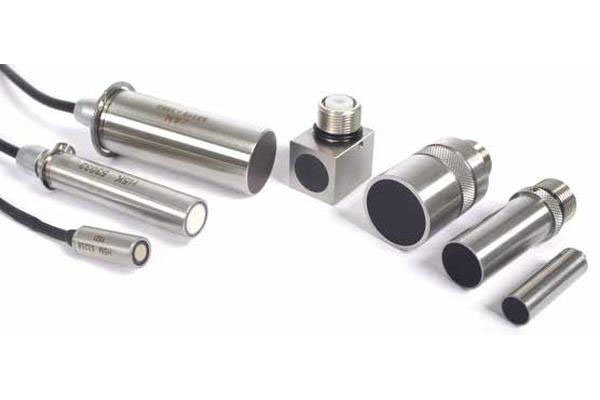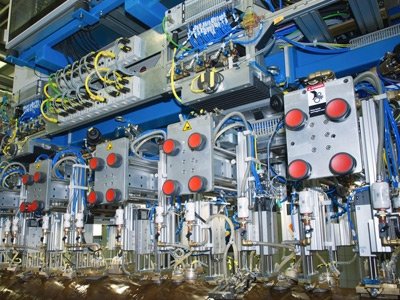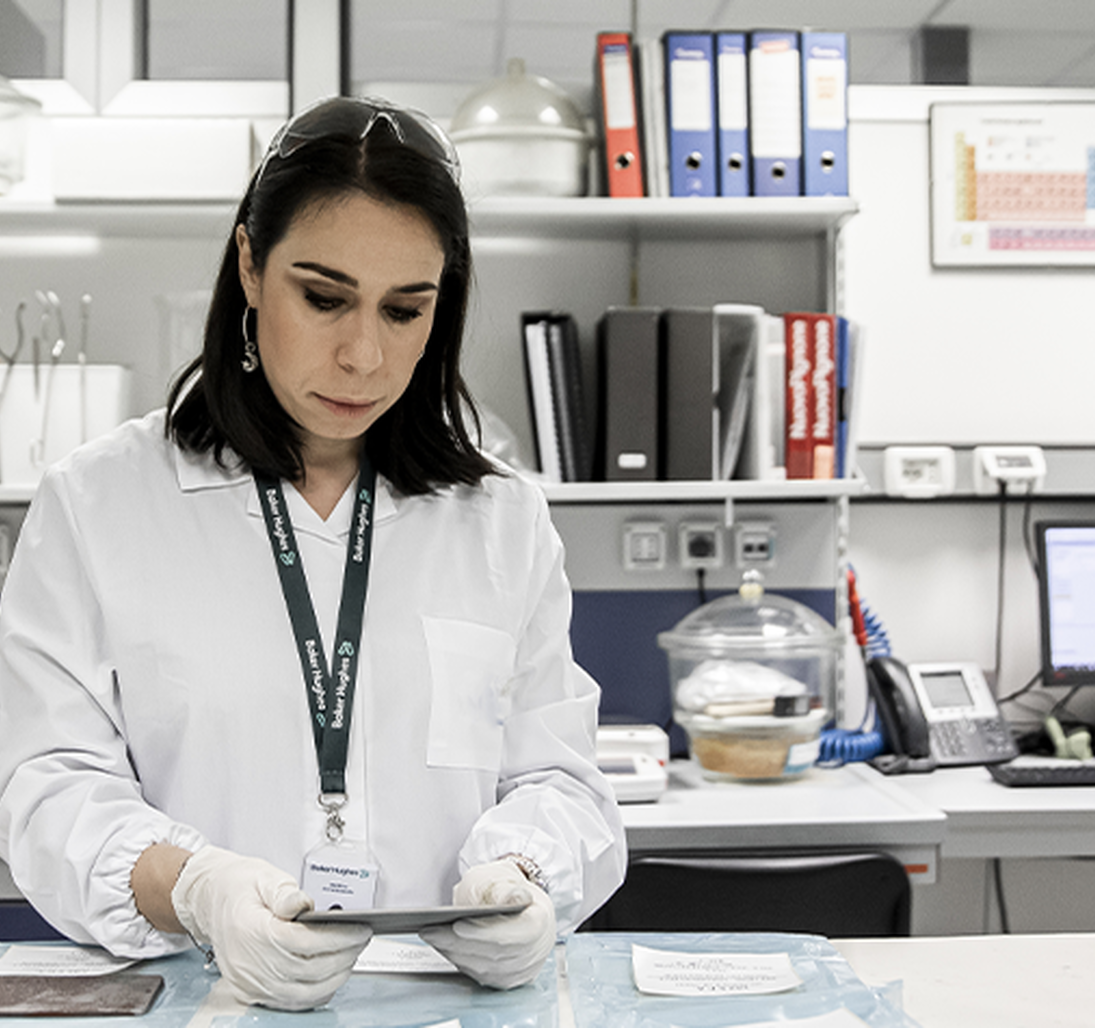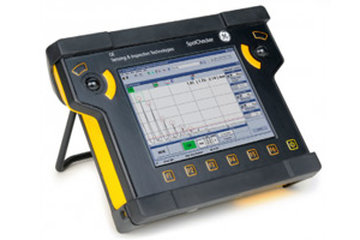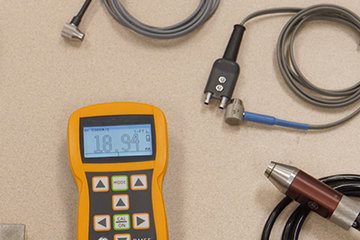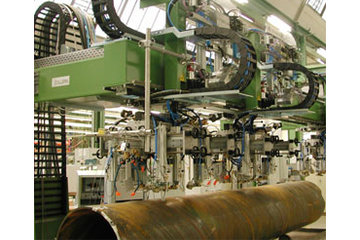Protect your most valuable assets and ensure productivity usingthe most widely trustednon-destructive testing (NDT) solutionsavailable. Built upon the Krautkrämer legacy, each of Waygate Technologies’ high-performance ultrasonic testing products wascarefully designed to detect even the smallest flawsin awide range of materials, including metals, plastics, and composites. Common inspection applications includewelds, forgings, bars/billets, tubing, and tank corrosion.
炼油厂的停机或金条的汇率政策uring facility, our flaw detectors, probes and transducers, advanced inspection software, scanners, and thickness gauges are designed to helpprovide long-term protection and pinpoint the sourceof a wide range of both common and uncommon faults.
Are you facing an urgent or high-cost inspection challenge? Or one for which neither internal resources suffice nor commercial off-the-shelf solutions exist? With the help of Waygate Technologies‘AppLab Service, you can leverage our expertise to find atailor-made solution for your specific requirement.
Discover Our Diverse Family of Ultrasonic Testing Solutions:
Ultrasonic Testing (UT)is a form ofnon-destructive testing (NDT)that employs high-frequency sound waves for the purpose of characterizing the thickness or internal structure of a given sample. The frequencies used for UT are typically in therange of 500 kHz to 20 Mhz.
As a non-destructive testing method, ultrasonic testing isideally suited to the detection of flaws, defects, and welded seams where destruction of the target sample is not an option.
In addition to detecting flaws in production samples,periodic UT inspections are also perfect for checking for corrosion in existing equipment, such as pipelines, and is therefore an indispensable part of any predictive maintenance program.
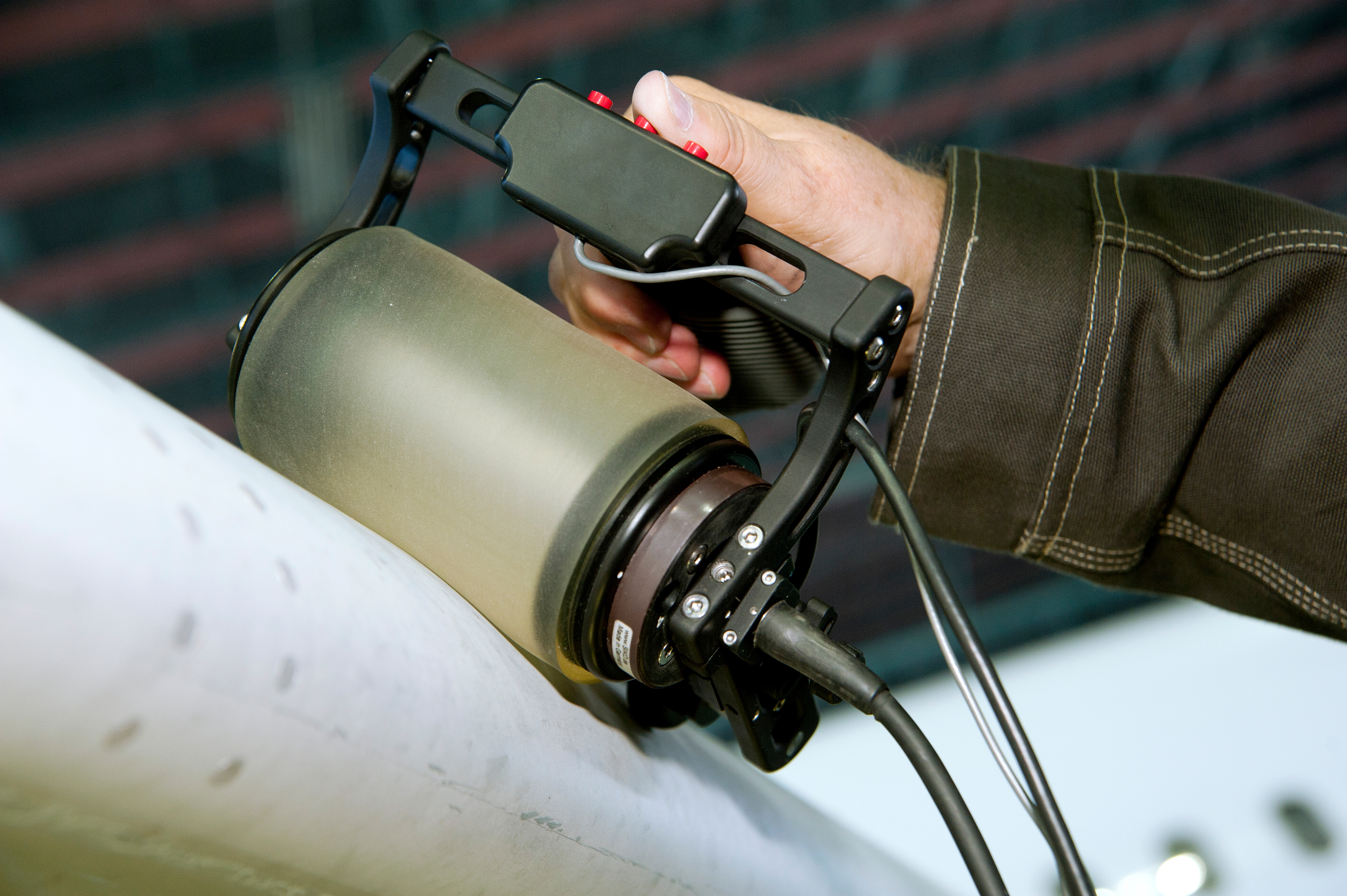
Ultrasonic Testing (UT) is ideally suited for the inspection of material structures such asmetals, ceramics, plastics, and composites.
While denser materials up to and includingconcretecan be successfully inspected, the output resolution is usually less-defined.
Highly porous biological materials such aswood and paper do not react well to ultrasonic testing.

Some of themany advantages of Ultrasonic Testing (UT)include, but are not limited to:
- High definitionflaw detection that alsopenetrates deeperthan other NDT methods
- Can be used whenonly one side of the sample can be accessed
- Greater accuracyover other non-destructive testing (NDT) methods
- In addition to flaw detection, UT can also give you theorientation, shape, and size of the defect
- Non-hazardous, unlike Radiographic Testing (RT)
- UT lends itself toautomated solutions, suited for production floor testing as well asvery small, portable form factorsfor walk-around and fieldwork
- Unlike Radiographic Testing which requires time to develop film,UT results can be obtained - and shared - instantaneously

While Ultrasonic Testing (UT) offers many benefits over other non-destructive testing (NDT) methods, there arestill some inherent drawbacks:
- UT检验需要熟练的技术niciansfor set up, operation, and interpretation of results
- Some morecomplex, thin, or otherwise irregularly shaped samples may prove more difficultto inspect
- If your target material hasloose or scaling paint, this will need to be removedprior to testing to ensure an accurate reading
- Radiographic Testing (RT) may have a higher degree of sensitivity,因此准确性、夹杂物和其他volumetric flaws
- Ultrasonic Testing (UT) gauges in most casesneed to be calibrated according to the target material being tested, which requires time and expertise
- Ultrasonic Testing (UT) aremore expensive when compared to other non-destructive testing (NDT) technologies
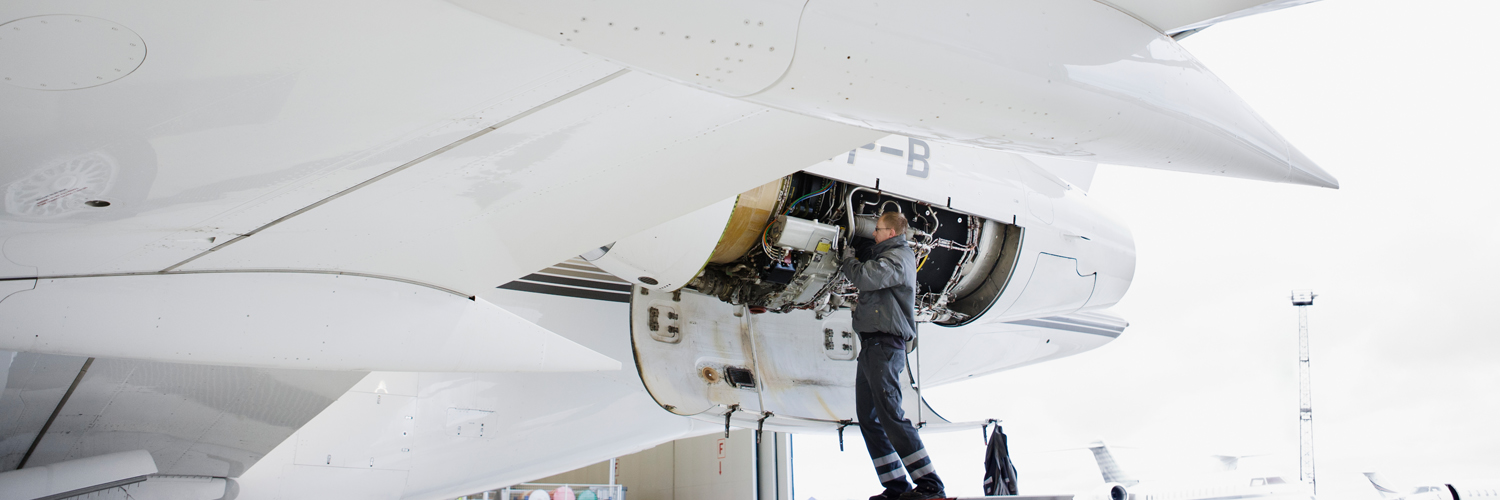
There are numerous applications where industrial ultrasonic testing makes sense, but industries that rely on UT to a large degree are:





